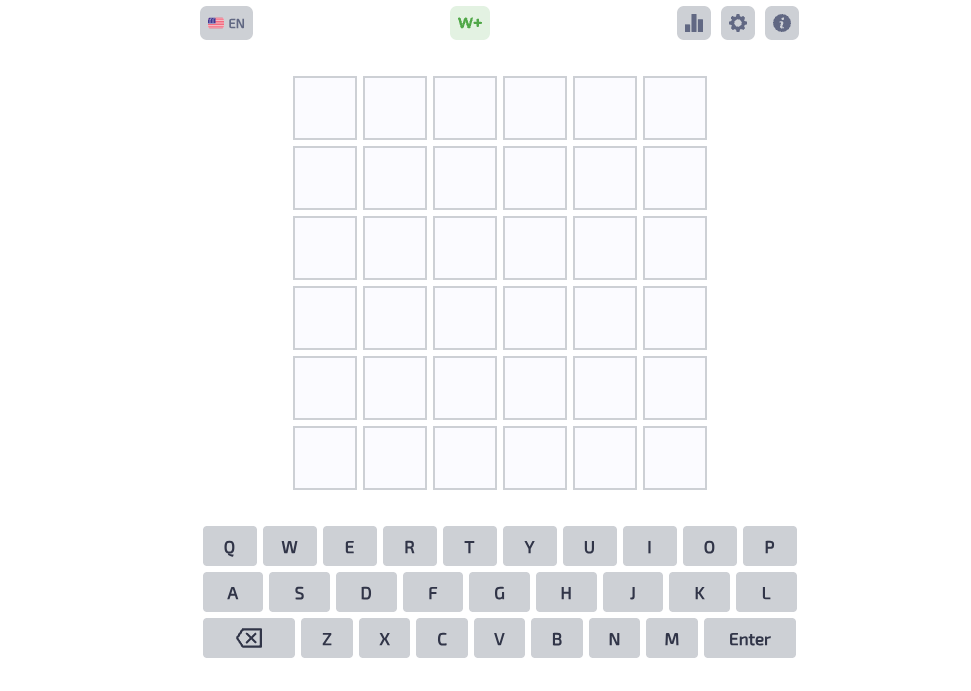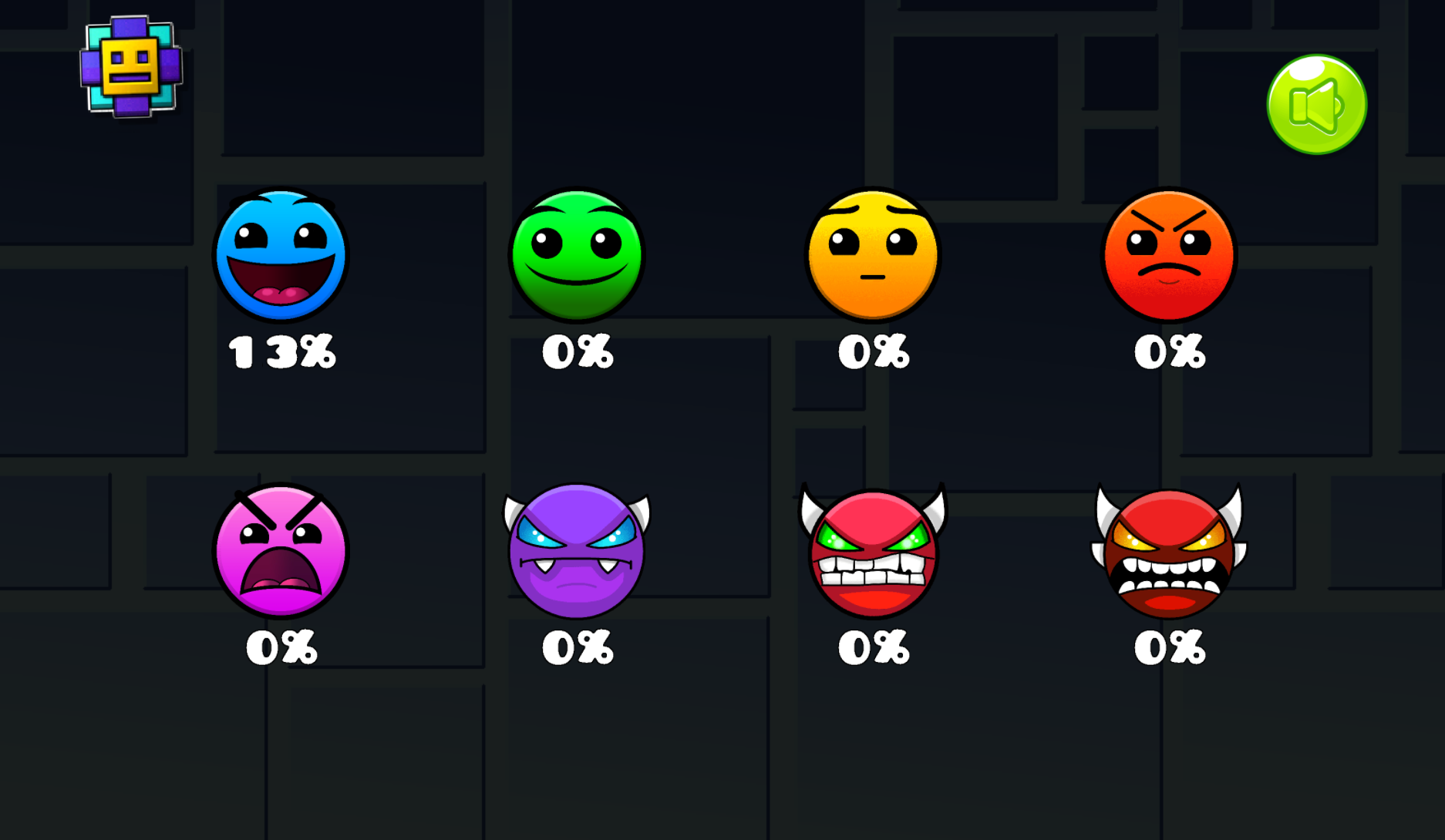Meme vaults to crack. Traps to dodge. Loot to bank.
Sneak into player-made bases, swipe Brainrot loot, and reinforce your own vault. Build traps, raid fast, and rebirth to stack permanent heist bonuses.
Keep exploring
Keep your night shift energy up with more browser horror, tense escape rooms, and quick palate cleansers we trust.

Play Hollow Knight in Your Browser
Play Hollow Knight in Your Browser

Play Wordle 2 Unlimited in Your Browser
Play Wordle 2 Unlimited in Your Browser

All elemental shrines in one seamless quest
All elemental shrines in one seamless quest

Lock the Rhythm — Break the Tape
Lock the Rhythm — Break the Tape

Rocket-Packed Kart Battles in Your Browser
Rocket-Packed Kart Battles in Your Browser

Play Sort the Court! Free in Your Browser
Play Sort the Court! Free in Your Browser

Ride the waveform to the beat
Ride the waveform to the beat

Dodge traps, read twice, and outwit the quiz that cheats back
Dodge traps, read twice, and outwit the quiz that cheats back

Your routine is the experiment
Your routine is the experiment

Play Fireboy & Watergirl: Forest Temple in Your Browser
Play Fireboy & Watergirl: Forest Temple in Your Browser
Steal memes before someone steals yours
Break in, cash out, and outsmart everyone online
This chaotic online heist sandbox drops you into a live server filled with player-designed vaults, each packed with alarms, one-way doors, and nasty surprises. Your job is simple: infiltrate, grab stacks of Brainrot currency, and escape before defenders or sentry systems erase your progress. When you’re not raiding, you’re on the other side—designing your own layout, tuning choke points, and daring rivals to take a shot at your treasure. The unblocked build lets you jump in from school networks or locked-down environments, so your next caper is always a click away.
Two games in one: builder and raider
Every session unfolds across two intertwined loops. As a builder, you place walls, cameras, pressure plates, moving hazards, and timing traps that funnel intruders exactly where you want them. A good vault doesn’t just stop thieves; it wastes their time and breaks their rhythm, turning confidence into panic. As a raider, you probe defenses with grapples, wall climbs, ledge hops, and sprint bursts, hunting for blind spots that a careless architect left behind. Each victory funds the other side of the loop: raiding bankrolls construction; construction opens richer raids.
Design a vault that trolls the bold
Start with a simple corridor and a locked inner chamber. Then, layer on trickery. A harmless-looking ramp might slide intruders into a laser grid. A “shortcut” door could be one-way only, stranding greedy runners next to a reset. Mix predictable patterns—like alternating turrets—with off-beat elements—like delayed pistons that fire a second after a safe window—to punish players who only memorize timing once. Remember, your layout is a living blueprint: check replays, see where thieves slip through, and iterate with small tweaks that have big ripple effects.
Trap theory for first-time architects
Great defenses use stacked friction. One obstacle slows movement, a second steals field of view, and a third forces a commitment jump. Even if each trap is beatable alone, their combination drains stamina and attention. Place a lure chest behind glass to bait risky routes. Add a low ceiling above a speed pad so raiders overshoot into a sentry cone. Sprinkle safe rooms sparingly; too many checkpoints can accidentally help intruders reset and brute-force timing. If a section is getting farmed, don’t nuke it—shift a hinge by a tile or offset rotations by a half-beat. Subtlety forces relearning.
Raids that reward patience and micro-movement
Most layouts can be cracked without perfect aim or twitch reflexes; the real skill is reading intent. Watch how hazards “talk.” Rotating beams telegraph arcs. Pop-up spikes hum right before deployment. Cameras sweep in loops, and blind spots often appear where two cones meet. When you spot timing windows, feather movement—tap-forward instead of full-sprint, and use tiny wall touches to correct angles. A gentle grapple flick can shift your path by a pixel, threading a gap that looks impossible at full speed. If your first route stalls out, change perspective: backtrack, look up, or search for an overlooked ceiling vent that turns a maze into a straight line.
Heist toolkit and movement basics
Core mobility centers on short hops, wall hugs, and controlled drops. Grapples shine in vertical shafts and across baited pits; try anchoring slightly above your target so gravity carries you under a beam instead of into it. Speed pads are not always gifts; set up early, align with your landing, and be ready to cancel momentum with a micro-jump. Doors often have context clues—scratch marks on the floor, scorch discoloration from prior runs, or oddly placed lights—that hint at hidden triggers. Treat each clue as a breadcrumb left by someone else’s failure.
Progression, rebirth, and long-term mastery
Loot fuels upgrades for both playstyles. Better hardware adds durability to defenses or widens your build palette. Offensive perks might shave seconds off lock hacking or boost grapple responsiveness. When you rebirth, you cash out a chunk of progress to gain permanent boons that accelerate future cycles. The rhythm feels like a startup sprint: grind early wins, reinvest relentlessly, and eventually watch compounding advantages turn gnarly vaults into curated exhibitions you plunder for sport.
Cosmetics and social flex
Not every reward changes stats. Some add swagger—outrageous skins, trail effects, and animated emotes that transform serious robberies into a carnival. Style can tilt psychology: flamboyant thieves draw attention in lobbies, while muted palettes keep you unnoticed during tight escapes. On defense, a flashy vault lobby can intimidate would-be intruders before the first door even opens.
Meta strategy: information beats impatience
Success snowballs when you act like a detective. Before you dart into a checkpoint chamber, peek around corners with quick camera shifts. Count laser beats. Note how often doors cycle. If a section looks “too clean,” assume there is a fail state hidden off-screen and probe with a sacrificial step. When you do trigger something, don’t panic—step back, reset breathing, and replay the animation in your head. Most deaths come from compounding a small mistake with a rash recovery attempt. Calm beats chaos.
Build–raid calendar
A productive session alternates: complete two short heists to gather funds, spend five minutes on one defensive improvement, then run a stretch goal raid that challenges a new mechanic. This cadence prevents tunnel vision and ensures lessons from raids immediately inform your layouts. Screenshot clever enemy compartments you encounter; reverse-engineering is the fastest way to expand your architectural vocabulary.
Tips for new thieves and designers
Start small. A compact vault with a single nasty idea outperforms a sprawling mess with ten half-baked concepts. Time your exits. Many losses happen on the walk of triumph; builders love last-second traps near the payout. Respect angles. Diagonal layouts widen beam gaps and create “shadow lines” you can surf safely. Budget friction. On defense, put your most creative trap near the center, not the front door; early brutal walls cause players to quit instead of learn. Iterate relentlessly. After every breach, change one variable—delay, angle, or spacing—and log results.
Common mistakes to avoid
Don’t stack identical hazards back-to-back; repetition breeds mastery. Avoid single-solution corridors that require pixel-perfect inputs; they’re more frustrating than fun and often get patched around by clever movement. Don’t overspend on cosmetics before your first rebirth; velocity upgrades pay dividends immediately. And never underestimate the quiet routes—ducts, maintenance ladders, and “decorative” crawlspaces often hide the cleanest lines.
Unblocked convenience and performance notes
The unblocked version is optimized for quick access. Close extra browser tabs, disable heavy extensions, and keep the game in the foreground for smoother frame pacing. If inputs feel spongy, lower background CPU usage and reduce high-refresh video playback on a second monitor. Key repeat delay settings in your OS can also influence micro-tap precision; a shorter delay and faster repeat rate help with feathering movement across narrow ledges.
Quick reference: controls and flow
Expect standard keyboard movement with a dedicated interact key for doors and panels, plus a grapple or utility button on mouse or a nearby key. Rebind early if your fingers feel crowded; the muscle memory you build in the first hour becomes your edge in endgame layouts. Between raids, open the build menu, snap pieces to grid, rotate hazards, and test sections in short loops until the timing feels honest but punishing.
Why this heist sandbox clicks
Every encounter is a story you authored together with a stranger: they laid a trap with a tone and rhythm; you answered with a read and a route. Those shared rhythms produce rare highlights—threading a beam by a hair, baiting a turret into whiffing, or slipping through a door at the final blink—and those highlights keep you chasing the next perfect infiltration. Whether you live for clever puzzles, twitchy escapes, or devilish base design, the loop always has another layer to peel back.
Your next move
Jump into a quick raid to seed your bankroll, tweak one trap in your vault, and queue a rematch against the mastermind who just breached you. Every cycle sharpens instinct and adds another clip to your highlight reel.
Share Meme vaults to crack. Traps to dodge. Loot to bank.
Spread the word, invite friends, or bookmark this page to revisit the story whenever you need it.